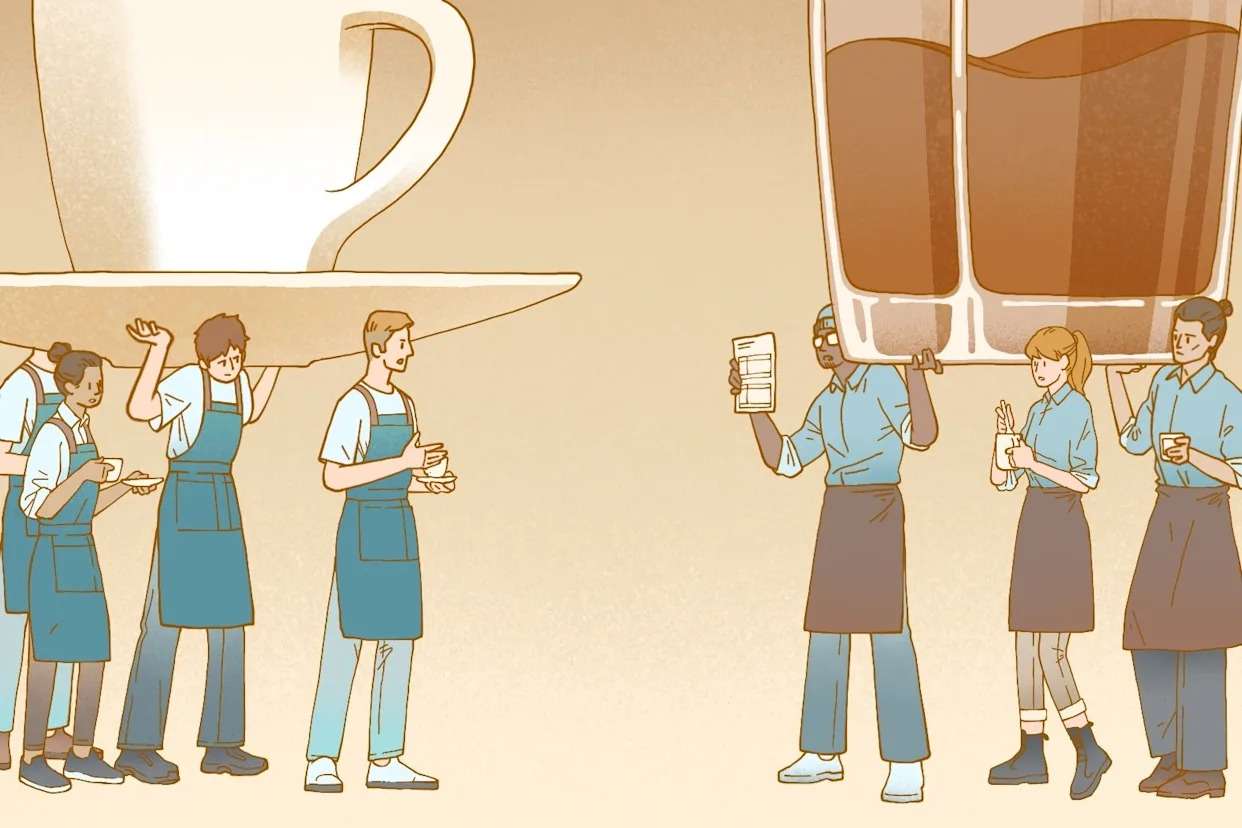
Sign up for the Slatest to get the most insightful analysis, criticism, and advice out there, delivered to your inbox daily.
Even non–wine drinkers are familiar with the scenes of elevated wine tasting: the decanting of a tannic red, the swirling of the glass by the stem, the pinky-up nosing of bouquets and aromas, and ultimately the discerning and deliberate sipping. But many more of us are regular coffee drinkers than regular wine drinkers (around 66 percent versus an optimistic 40 percent), yet the rituals of coffee connoisseurship are far less known. At the pinnacle of coffee sensory evaluation is the cupping session. An affair replete with a professional accoutrement of scales, grinders, kettles, and timers, it involves experts brewing identical cups from different coffee beans and slurping (yes, loudly slurping) the brown brews off a spoon. Notes of star fruit on this washed Colombian. The taste of raisin from that dry-processed Kenyan.
But how do these coffee sommeliers actually judge, in quantifiable terms, the fine arabicas of the world? Well—until recently—that was the Q.
Literally, it’s called “the Q.” (No relation to Star Trek’s mischievous superbeing—that we know of …) Since 2004, the Coffee Quality Institute has licensed coffee specialists across the world to properly taste and describe coffee under the Quality Evaluation program. After taking a course, participants must pass a rigorous exam involving 20 different sensory, technical, and industry tests to become licensed Q graders. In addition to mastering book knowledge of the coffee supply chain, aspirational coffee experts must perfect the process of cupping by consistently brewing coffee from different beans while maintaining consistency of grind size, water temperature, water quantity, and brewing method. Grind the beans, then sniff. Brew the coffee, then slurp. Take notes along the way. The whole ordeal can cost around $2,000 (and keeping your license requires another class to calibrate your taste buds every three years), but it’s a key résumé piece in the world of specialty coffee.
Coffee buyers at the world’s largest trading and roasting firms are usually licensed Q graders. Even the nonspecialty, commodity coffee you guzzle on a daily basis was likely sourced from a farmer in Brazil or Vietnam by a trained specialist who assessed the beans based on the standards espoused by the Q.
“There are 10,000 Q graders in the world that are currently licensed, and there are also another couple of thousand that have been licensed at some point,” explains Marty Pollack, a Q instructor and co-founder of Torch Coffee. “But the impact of the Q on the understanding of how to communicate, assess, and describe quality of coffee has impacted the industry hugely. I’ve never been to a coffee-producing country, or a large roastery, or a large trading house, where there wasn’t either a cohort of Q graders or a cohort of people who had been trained by Q graders.” The certification is undeniably the backbone of global coffee standards.
But that backbone just broke.
For the past several months, the world of Q graders has been in a shock comparable to your brain after that third cold brew of the day. The CQI, which certified Q graders, has abruptly entered into an agreement brokered behind closed doors to license the entire Q program to another organization, effectively pulling the rug out from under those who have invested their time and money into the professional certification. In late April, during the annual Specialty Coffee Expo in Houston, the host of the event, the Specialty Coffee Association—which hosts all of the coffee industry’s largest conventions—unexpectedly announced it would be taking over the Q. Across the world of specialty coffee, Q graders have been left with a soon-to-be-obsolete certification, a lot of unanswered questions, and an undeniably bitter taste in their mouths.
Q graders are the link between coffee farmers and everyday coffee consumers. More often than not, they are the ones who choose which green coffee beans to buy. They are the ones who work for exporters in Brazil and Colombia and Ethiopia and Guatemala. They are the ones who sell to the roasters and coffee shops we buy from. If their form of evaluation is discredited, a change in the taste of our morning joe won’t be far behind.
The SCA is taking over the Q, yes, but in name only. When the SCA begins managing the Q on Oct. 1 of this year, the underlying logic of standardized sensory evaluation that makes up the program will cease to exist. Why? Because the association launched a competing sensory evaluation program called the Coffee Value Assessment in 2022. It will operate the Q brand but do so with the completely different CVA standards—ones that lose sight of utility for the coffee trading industry in the pursuit of science and so-called objectivity.
We might think of what’s going down like this: The SCA spent a pretty sum to breed a young racehorse (let’s call him Cupping Monopoly) from the same pedigree as the world’s fastest horse (let’s call him Q-Biscuit). And just as the young buck was about to race the veteran Q-Biscuit for the first time, the SCA purchased Q-Biscuit, then took him behind the barn and shot him. Place your bets! Cupping Monopoly, it turns out, wins the race.
Following the stunning agreement, Pollack minces no words, likening the SCA to the Mafia: “They found out the No. 1 opposition to CVA global domination. It’s Q graders.” Now Q graders either train with the SCA—on a system that erases the specialty coffee community they have long been a part of—or don’t train at all.
Thomas Ameloot, another Q instructor, was on his way to the airport, destined for the April SCA Expo in Houston, when he first heard the news of the agreement. “Oh, that was really fun. And that’s sarcasm,” he told me wryly. “I canceled the trip. I mean, I was totally shocked! Flabbergasted! Confounded!” He had personally trained over 200 Q graders, some of whom would be in attendance. But Ameloot, alongside around 70 other Q instructors across the world, had no explanation for his former students as to what had occurred to the Q program they taught for a living. Instructors were not consulted. They were blindsided. Trust has since disintegrated, and many have voiced concerns for their livelihood in community meetings with the CQI since the announcement.
“I saw my income—my gross income—cut down by 90 percent from this change,” he continues. “Fortunately, I had already been approved as an instructor for the CVA for Cuppers course. And fortunately for me, this transition created a huge demand for that class.” Ameloot would no longer teach the Q, so he turned to the second main certification within the specialty coffee industry, the CVA. Without any other options for Q instructors or graders, the SCA has effectively cornered the market on global coffee standards and education by acquiring the competition. Turns out the monopoly man enjoys his espresso too!
The strange thing about this coffee drama, though, is that this was not a hostile corporate takeover. Both the SCA and the CQI are registered nonprofits, and they have a shared history. The CQI actually emerged as an independent organization from meetings held at the Specialty Coffee Association of America in 1996. And the Q itself was based on an industry standard sensory evaluation form that the SCAA published in 2004. (The SCAA later merged with its European counterpart in 2016 to form today’s SCA.) How two tax-exempt industry organizations made such an impactful deal without any level of industry consultation remains puzzling. Many in the Q community have accused both parties of “acting like corporations,” although one of the two has a more capitalistic reputation, according to whispers in the coffee shop.
And it’s really worth noting that the SCA and CQI are not equal. Where the Q is supported by only 70 instructors, the SCA has built an army of over 2,000 independent trainers. Where the SCA had over $19 million in revenue in 2023, the CQI grossed only $2.6 million the same year. Where the CQI charges a student fee of $420 per Q Arabica class around the world, the SCA will be able to charge according to purchasing-power parity in the country of training. The CEO of the SCA took home $729,575 in 2023 to the $150,000 of the CQI’s interim CEO. Resources, no doubt, played a major role in the deal.
Michael Sheridan, the CQI CEO, describes his organization’s financial outlook going into 2025: “The abrupt closure of USAID made itself felt in immeasurable ways, most tragically in ending life-saving assistance for acutely vulnerable people around the world, but also in the plans of countless organizations like CQI that depend on public funding: USAID is the largest donor in CQI history, and its closure was a blow to our plans to rebuild a robust project portfolio.” For reference, though, income from the Q made up four times more revenue for CQI in 2023 than contributions and grants.
Regarding the lack of consultation with the Q grading community? CQI board members have confessed in recent community forums, “We did the best we could.” Sheridan explains: “Unfortunately, the negotiation calendar was so compressed that we were not able to engage with members of the CQI community in the ways they deserved.” They quickly and quietly made a deal in the first weeks of April. The SCA, which acknowledged receipt of my questions for this article, did not provide a comment on any of them.
The financial terms of the licensing deal that have since emerged—$250,000 annually for the Q for 10 years and a grant of 5 percent of CQI global education revenue per year (in an interview, Sheridan estimated this to be around $500,000 annually) paid into a fund for international development work—leave one trying to understand if there was any benefit to the CQI. Its 2023 annual report listed “Education and Training Revenues,” presumably the portion of Q classes that instructors pay back to the CQI as royalties, at $1,717,515, a number that correlates with the “Other revenue” reported on its Form 990 tax filing. If the CQI was interested in continuing its mission “to improve the quality of coffee and the lives of the people who produce it,” it seems counterintuitive to short itself close to $1 million in additional annual revenue by off-loading the Q onto the SCA. Many accusations have been made by hotheaded coffee lovers as to how such a deal could have gone down; none are worth repeating here.
The impending threat of the CVA as a competitor, Sheridan has argued, threatened to distract the CQI from its core producer-centric mission, eventually eating away at revenue earned from the Q. But why have so little confidence in the Q? For how small the CQI is compared with the SCA, the Q has had an outsized role in the world of specialty coffee—one that the SCA seems itching to assume.
The core issue at stake here, beyond the lack of transparency, is that the two organizations have competing views on how to standardize the evaluation of coffee. And this, ultimately, is what consumers should care about, because this drama in the geeky world of specialty coffee affects how coffee is sourced. If Miranda Priestly were our barista, she would explain that our “lumpy blue sweater” drip coffee is a “Cerulean” Vietnamese robusta; that Vietnamese robusta was once considered cheap and low quality; that, thanks to the specialty coffee movement and those who assess coffee within it, bitter and bold robustas have been valorized; and hence Vietnam today produces high-quality robustas to sell to discerning consumers like us.
Now the standards that professionals use to buy and sell coffee will change. The CQI cares about farmers (at the core of its mission), and the Q (even at its lofty price point) has empowered many to speak the same language as buyers to get fair prices for their crops. The SCA, it seems, will control the language but leave farmers to the CQI. Could consumers even taste a shift in standards in their cups?
For the SCA, sensory science is king. Its CVA program is developed on the latest in chemistry and biology, aiming to eliminate the subjectivity or bias of the taster. Meanwhile, for the CQI, consensus is key. The Q was built by creating a common language that the global coffee trade willingly adopted to allow producers, traders, and consumers to lubricate exchange and discuss value intelligently. Q graders need to be calibrated every three years to ensure they are on the same page, speaking the same language, and evaluating coffees as a community.
Mokhtar Alkhanshali, the founder of Port of Mokha and a licensed Q grader, describes the calibration approach: “It’s kind of similar to when you play telephone. When you tell someone something, and then it keeps going, and by the time it gets to the 10th person, it’s a completely different story,” he says. “So this idea of going back to a central place is really important. This centralization allows us to have a uniform idea about what coffee is. What’s scary is that, if you don’t have a constant centralization like recalibration, and you’re not coming back to taste with other cuppers, and everyone’s in their own silos, then people can start to veer off their ideas of what, say, an acidity score is.”
The SCA simply does not believe in calibration, which the organization refers to as “alignment.” In the eyes of the SCA, it results in inter-subjectivity, or the compromising ability to learn to recognize flavors that are desirable to others. In its June 2024 outline of the CVA model, the SCA writes, “There can be no calibration in cupping, as there is no objective standard regarding the impression of quality.” But if we are setting standards for tasting coffee, why would we pursue objectivity over quality? I want to drink good coffee, not objective coffee. Sadly, judging by the lack of community engagement the CQI pursued during its agreement with the SCA, it no longer believes in sharing a common understanding of what’s good either.
The fight between two regimes of coffee quality assessment, though, raises the broader question: Who gets to decide what good coffee is?
In June, a group of disgruntled and disenfranchised Q instructors and Q graders held a “Qonvocation.” Coffee professionals across various countries discussed the future of coffee education and quality evaluation in the wake of the Q. Sour on the precepts of the CVA—even skeptical of its claims of improved objectivity—these coffee pros now look to develop a new way of evaluating coffee. Whether a Guild of Coffee Cuppers emerges, regional organizations unite at a global scale, or a Court of Master Coffee Sommeliers is born remains to be seen. But one is left with little doubt that the SCA will not enjoy its nascent monopoly for long.
We all take our coffee differently, but Q graders take theirs with a little less bullshit than most. Their dogged pursuit of quality coffee has already driven them to slurp the stuff out of spoons; I have no doubt they’ll get past this fork in the road.
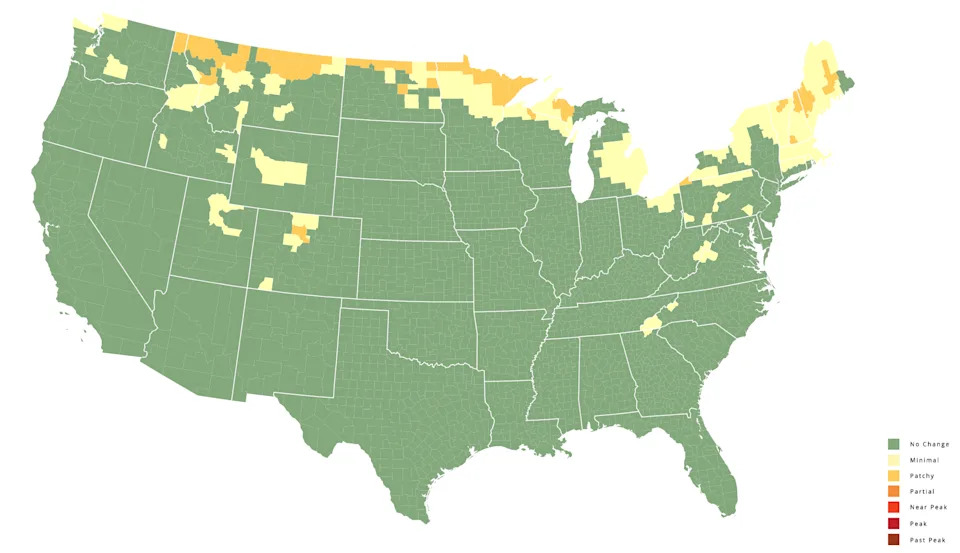
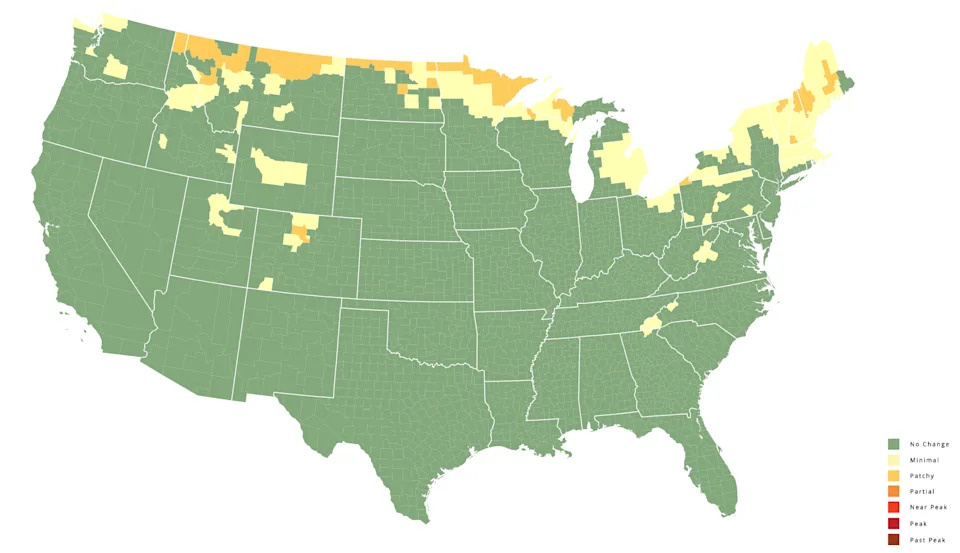
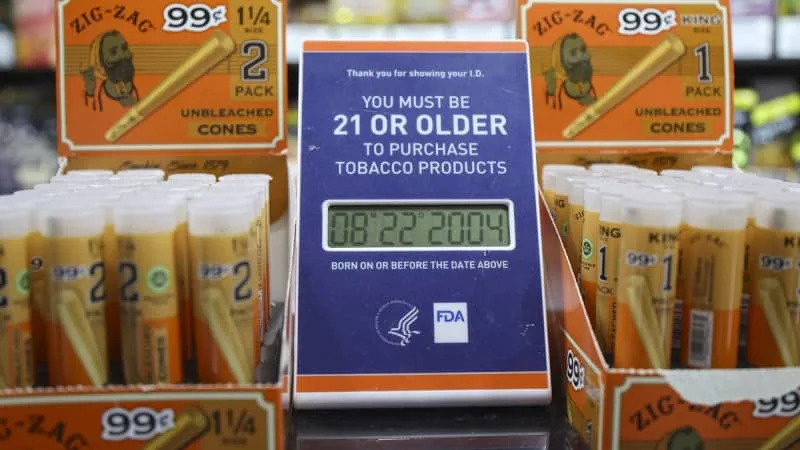

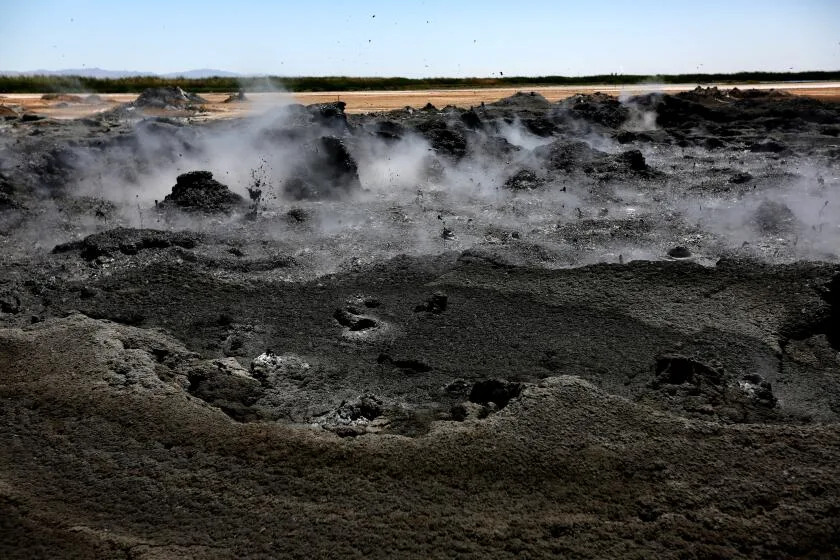

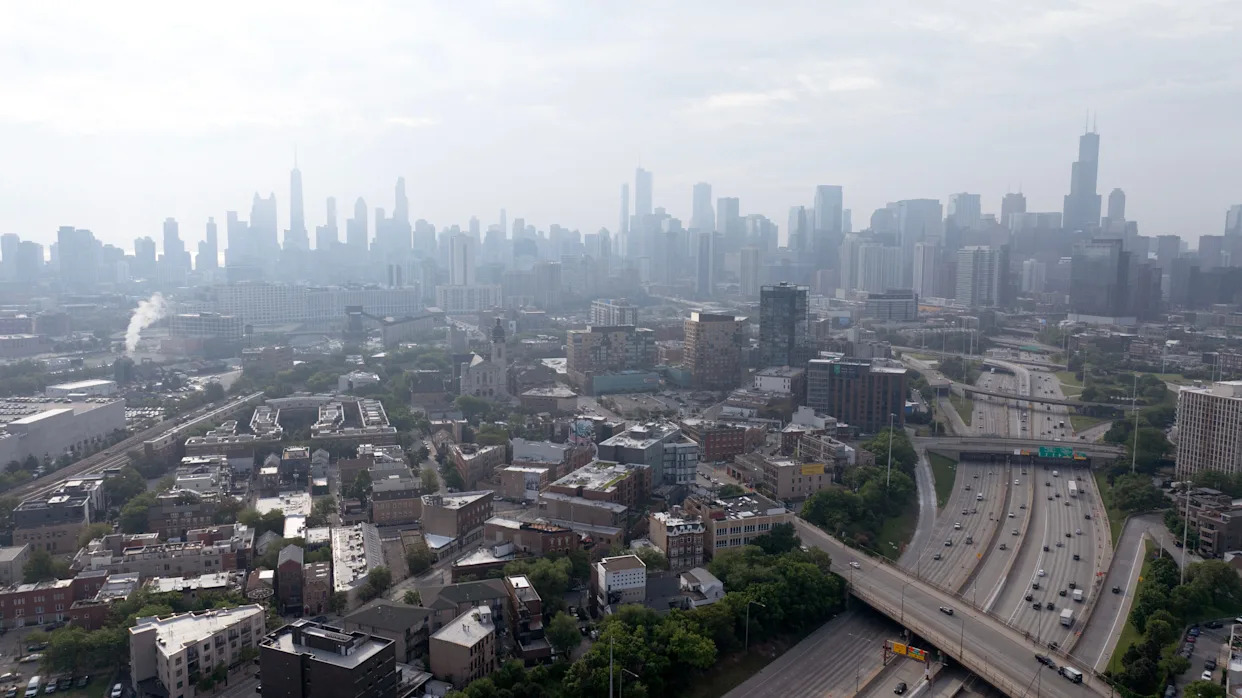

Comments